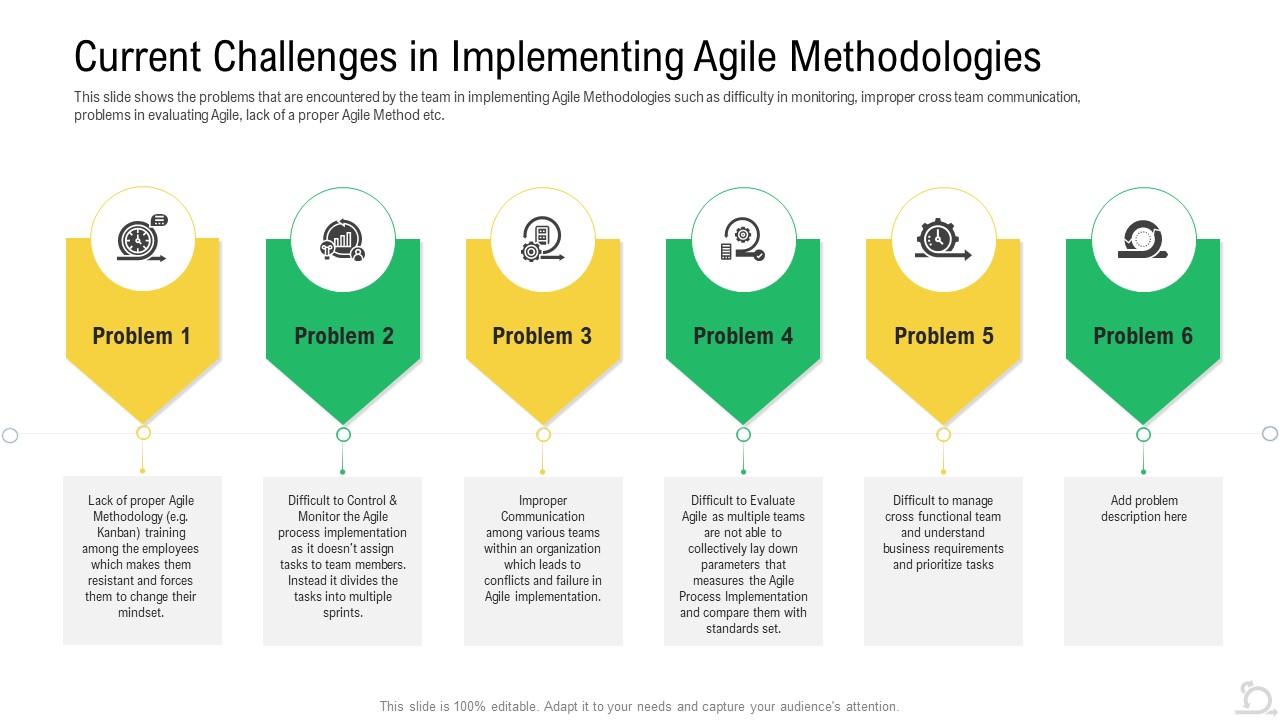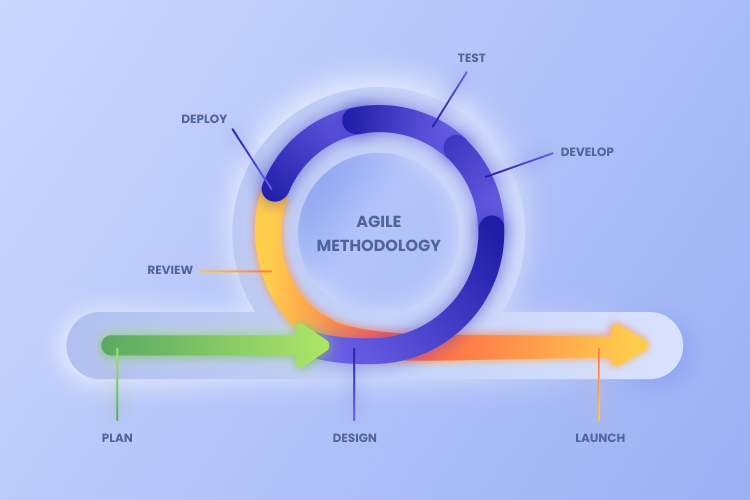Agile Methodologies 101
Maximizing Efficiency and Collaboration in Software Development
Agile Methodology: A Breakdown
Agile methodology is a software development approach that aims to deliver software incrementally and iteratively. This means that the development process is broken down into smaller chunks, called sprints or iterations, and each iteration focuses on delivering a small, working piece of software that can be tested and evaluated by the team and stakeholders.
The Agile methodology is based on a set of values and principles known as the Agile Manifesto. The Agile Manifesto was created by a group of software developers who wanted to create a more flexible and collaborative approach to software development. The Agile Manifesto values:
Individuals and interactions over processes and tools
Working software over comprehensive documentation
Customer collaboration over contract negotiation
Responding to change by following a plan

The agile methodology emphasizes the importance of collaboration, communication, and continuous feedback throughout the development process. This helps teams to adapt to changing requirements and deliver high-quality software that meets the needs of the customer.
Agile Methodology Frameworks
There are several Agile frameworks that teams can use to implement Agile methodology, including Scrum, Kanban, Lean, and Extreme Programming (XP).
Scrum
Scrum is the most popular Agile framework and provides a structured approach to managing and controlling software development. Scrum involves a set of roles, events, and artifacts that help teams to deliver working software incrementally.

Scrum roles include:
Product Owner: responsible for defining and prioritizing the product backlog (a list of features or tasks that need to be completed for the product)
Scrum Master: responsible for ensuring that the Scrum framework is followed and facilitating the Scrum events
Development Team: responsible for delivering the working software
Scrum events include:
Sprint Planning: a meeting where the team plans the work for the upcoming sprint
Daily Scrum: a daily meeting where the team shares progress and plans for the day
Sprint Review: a meeting where the team demonstrates the working software to stakeholders
Sprint Retrospective: a meeting where the team reflects on the previous sprint and identifies areas for improvement
Scrum artifacts include:
Product Backlog: a list of features or tasks that need to be completed for the product
Sprint Backlog: a list of tasks that the team plans to complete during the current sprint
Increment: the working software delivered at the end of each sprint
Kanban
Kanban is an Agile framework that emphasizes visualizing the workflow, limiting work in progress and continuous delivery. Kanban helps teams to optimize their workflow and improve their delivery process.

Kanban involves:
Visualizing the workflow: creating a visual representation of the workflow that shows the different stages of the development process
Limiting work in progress: setting limits on the number of tasks that can be in progress at any one time
Continuous delivery: delivering working software as soon as it is ready, rather than waiting until the end of a sprint or iteration
Lean
Lean is a methodology that emphasizes reducing waste and maximizing customer value. Lean focuses on continuous improvement and removing any process that doesn't add value to the customer.

Lean involves:
Identifying customer value: understanding what the customer values and focusing on delivering that value
Mapping the value stream: creating a map of the development process that shows how value is created
Reducing waste: identifying and eliminating any process or activity that does not add value to the customer
Extreme Programming (XP)
XP is a software development methodology that emphasizes communication, simplicity, feedback, and courage. XP includes practices such as pair programming, continuous integration, and automated testing, which help teams to deliver high-quality software quickly.

XP involves:
Pair programming: two developers work together on a single workstation, which helps to improve code quality and knowledge sharing.
Continuous integration: integrating code changes into the main branch of the codebase as soon as they are ready, which helps to catch integration issues early.
Automated testing: writing automated tests that run automatically every time code changes are made, which helps to catch bugs early and improve code quality.
Agile Methodology Benefits
Agile methodology offers several benefits to software development teams and their stakeholders, including:
Flexibility: Agile methodology allows teams to adapt to changing requirements and priorities, which helps to deliver software that meets the needs of the customer.
Collaboration: Agile methodology emphasizes collaboration between team members and stakeholders, which helps to improve communication and build trust.

Continuous feedback: Agile methodology encourages continuous feedback from stakeholders and team members, which helps to improve the quality of the software.
Faster time-to-market: Agile methodology allows teams to deliver working software incrementally and iteratively, which helps to get the product to market faster.
Higher quality software: Agile methodology encourages continuous testing and feedback, which helps to catch bugs early and improve the quality of the software.
Agile Methodology Challenges
Agile methodology also presents some challenges to software development teams, including:
Learning curve: Agile methodology requires a change in mindset and approach to software development, which can take time for teams to adapt to.
Continuous involvement: Agile methodology requires continuous involvement from stakeholders, which can be challenging if stakeholders have competing priorities or limited availability.

Communication: Agile methodology emphasizes communication and collaboration, which can be challenging if team members are distributed across different locations or time zones.
Documentation: Agile methodology emphasizes working software over comprehensive documentation, which can be challenging if there is a need for detailed documentation.
Conclusion
Agile methodology is a software development approach that emphasizes collaboration, flexibility, and continuous feedback. It provides several benefits to software development teams and their stakeholders, including faster time-to-market and higher-quality software.

However, it also presents some challenges that teams need to overcome to implement Agile methodology successfully. Overall, Agile methodology offers a flexible and collaborative approach to software development that helps teams to deliver software that meets the needs of the customer.
